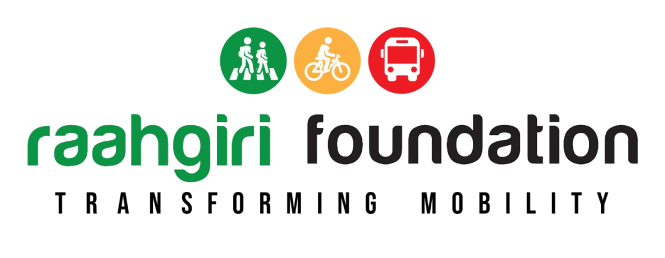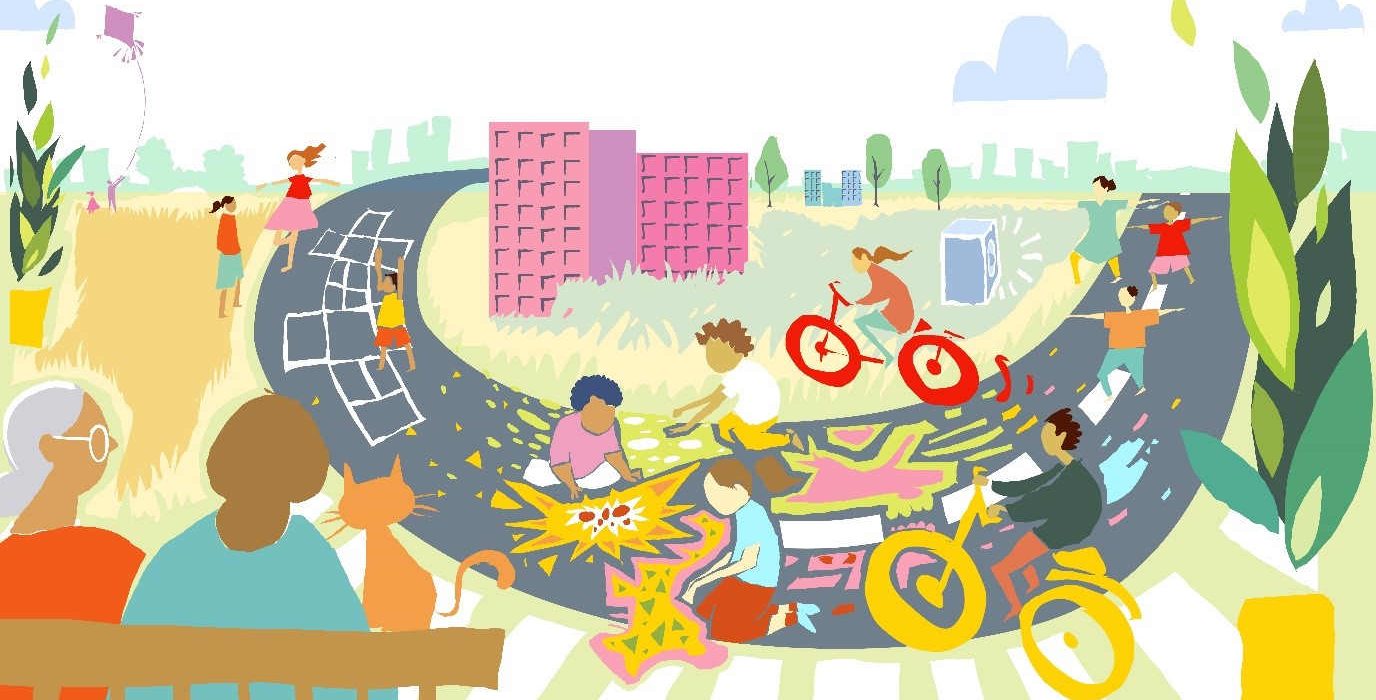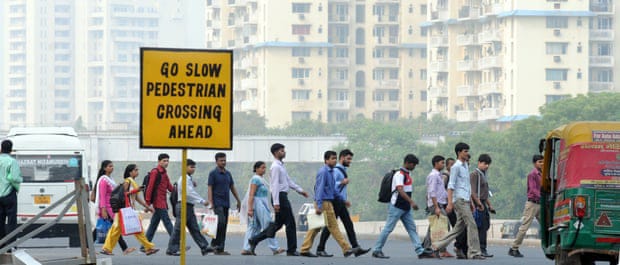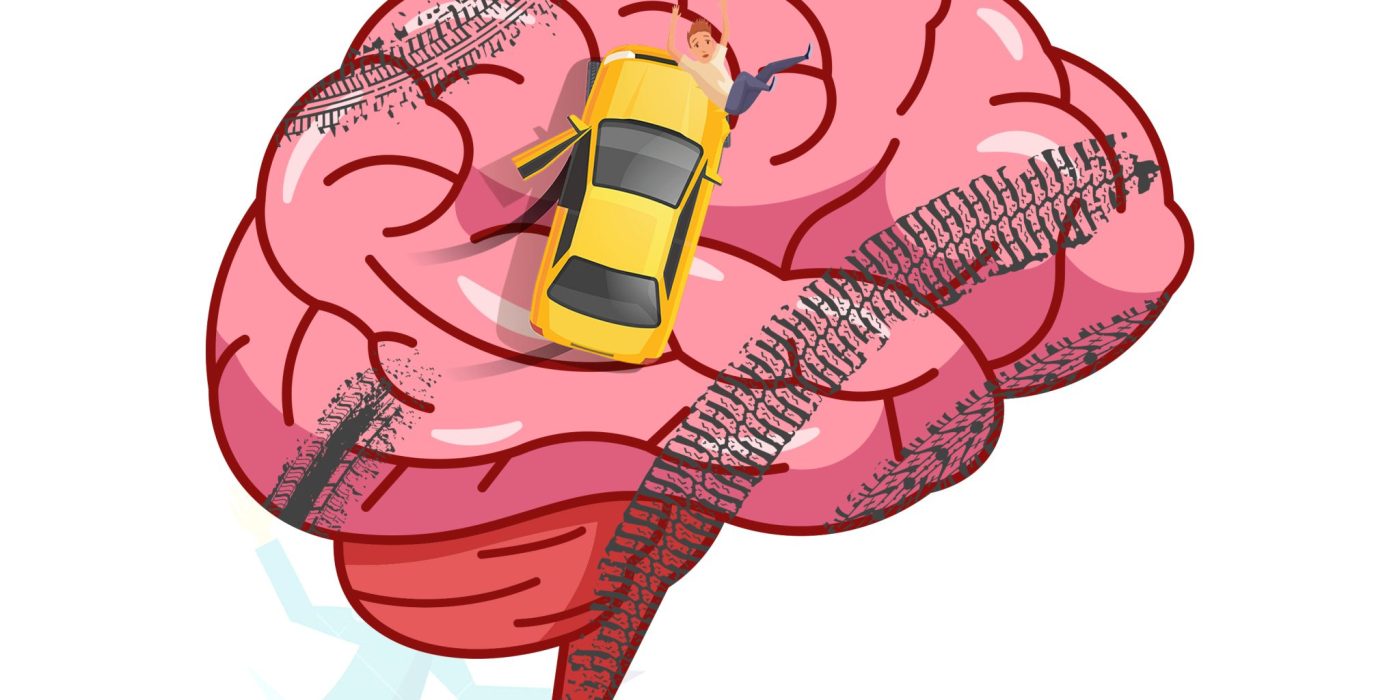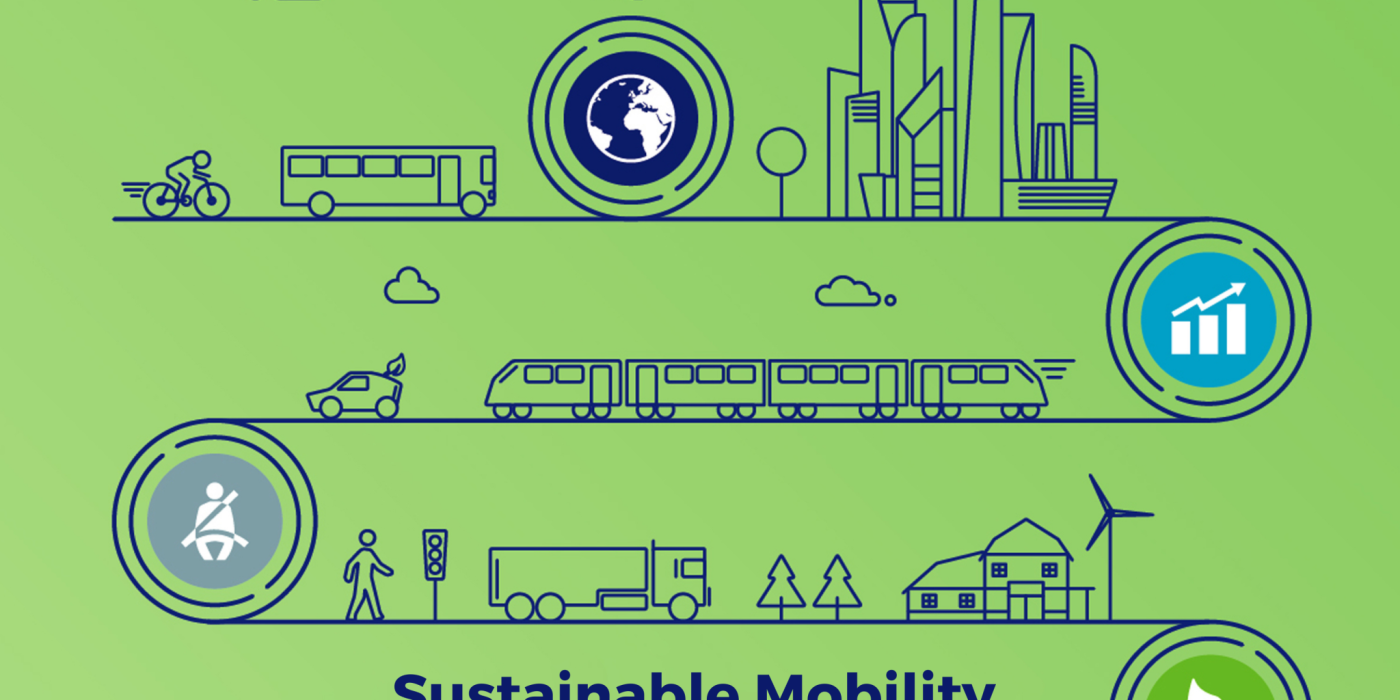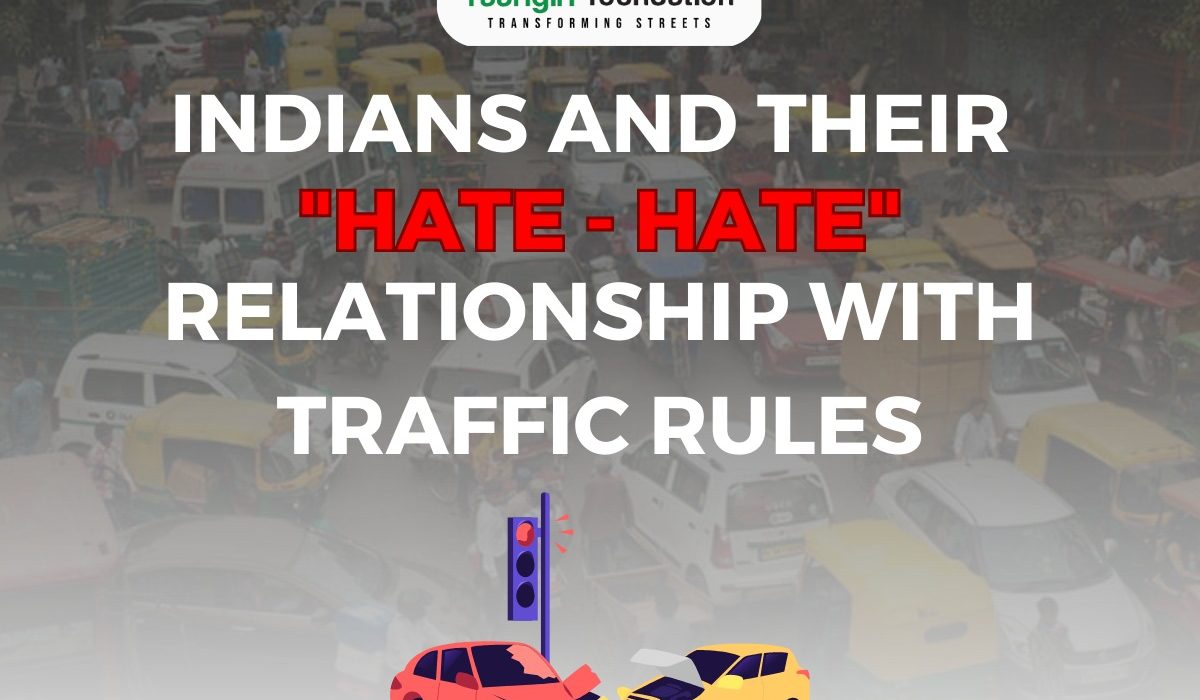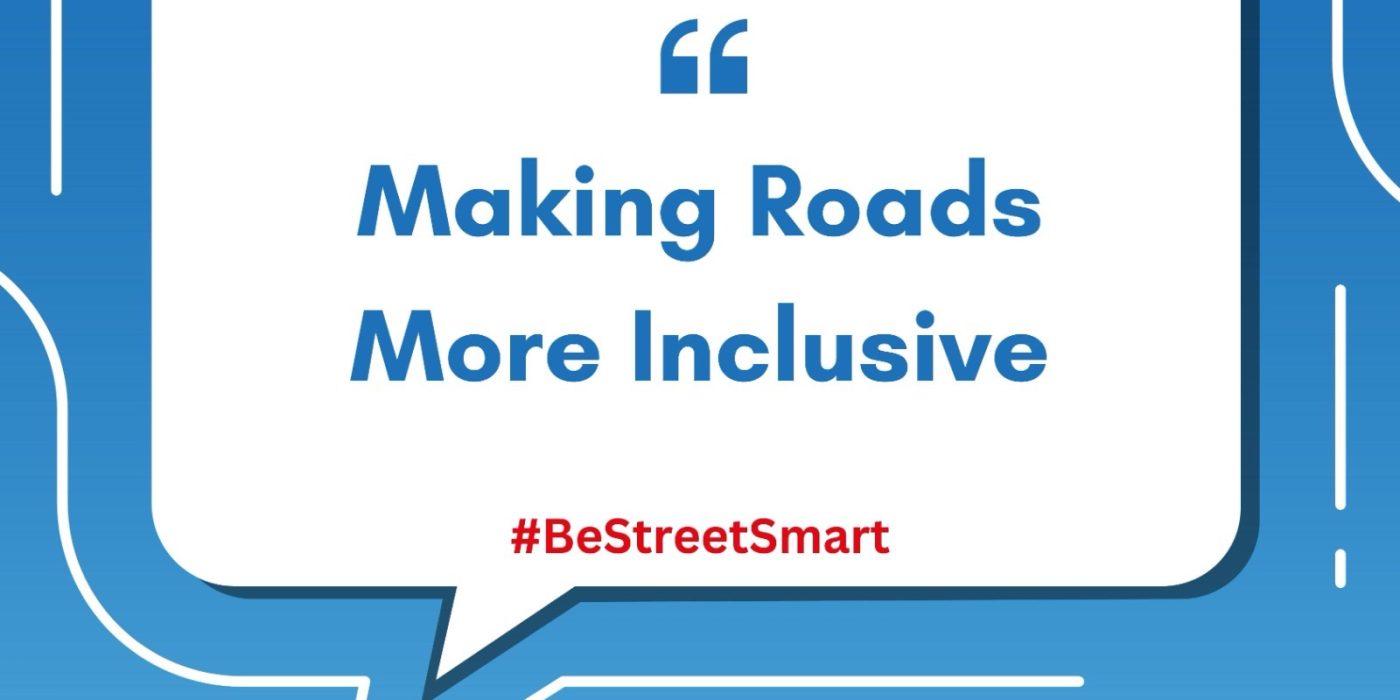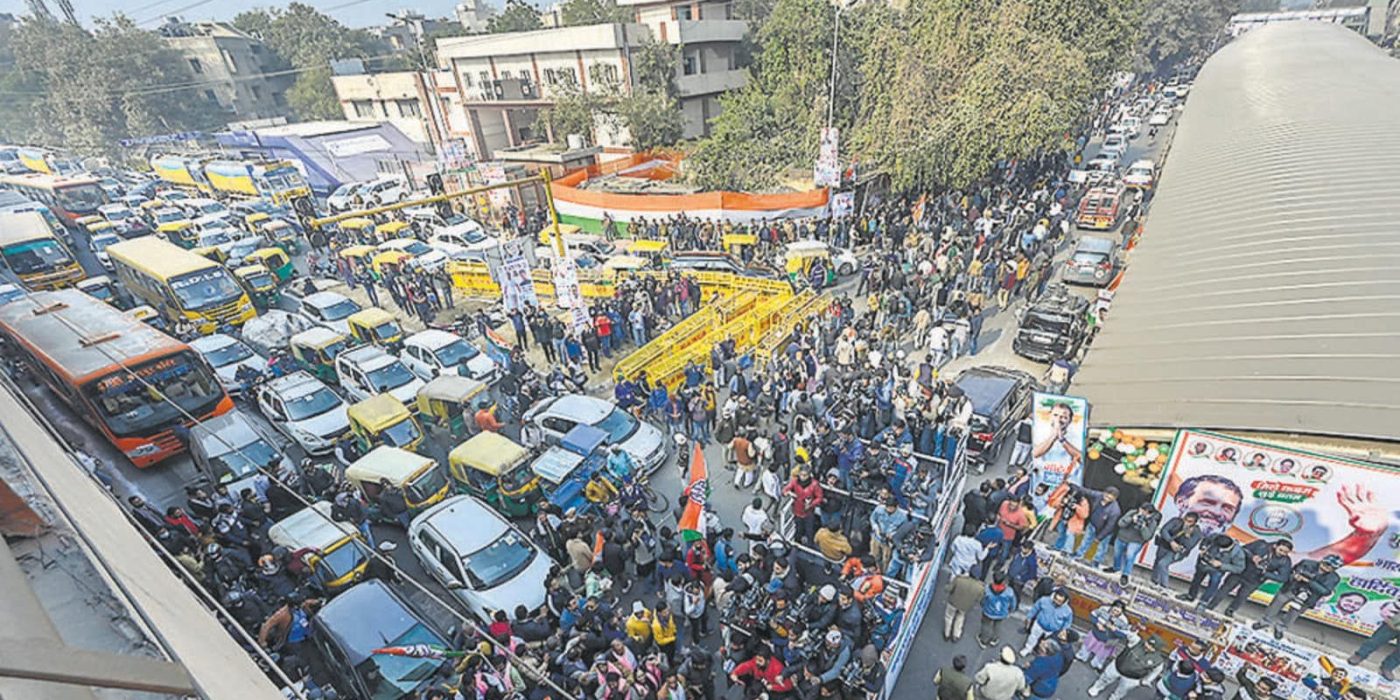Cities are for people and not for cars. Period.
If someone were to tell you that your city will introduce a transport system that will congest roads, will contribute towards worsening air quality, will be responsible for many road traffic-related deaths and will cater to only 3% of the population, what will your reaction be? I am sure you will laugh or get angry or even become speechless, right? You would surely not support this kind of system. Unfortunately, we are not only doing it day in and day out, but are also supporting the car-centric model of development. The result is that we get streets clogged with traffic, clouded with smog, blaring with honking while all we want is that everyone – rich or poor, young or old, men or women – should be able to use the streets to walk, cycle and use public transport without any fear of safety or security.

